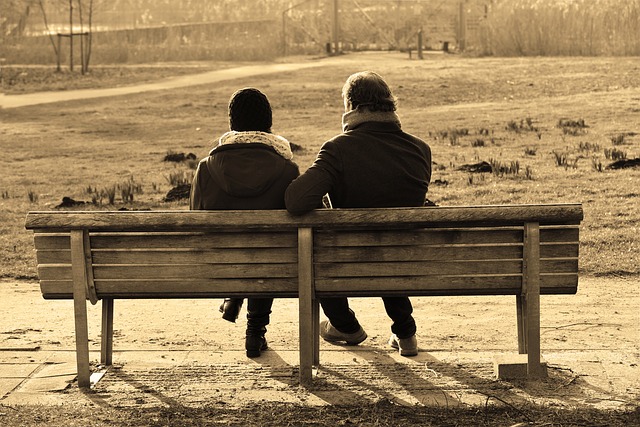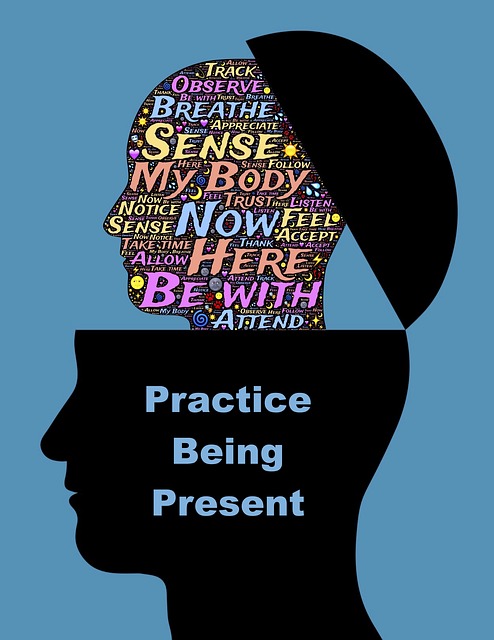As we grow in mindfulness, we develop our inner life – realising a deeper self-awareness, developing increased understanding of the nature and strength of our personal triggers and building a greater understanding of, and tolerance for, other people’s differences. This enriched inner life builds our capacity for insight, resilience, creativity and integration of our words and actions with our life purpose – all essential traits of effective leadership. Ginny Whitelaw, in her book The Zen Leader, describes this reframing and reorientation of a leader as a flip from “Out There” to “In Here”.
We create our world “out there”
Ginny explains that what we consider to be “out there” (external reality) is, in fact, a projection of our inner world. Drawing on her study of biophysics, martial arts and Zen philosophy, Ginny marshals her arguments to demonstrate that our external world as we perceive and experience it, is mostly of our own making. Her argument revolves around several key insights:
- Limited perception – Ginny points out that our human capacity is to perceive external reality in two or three dimensions (the latter achieved mainly by artists and architects). She maintains that our external world exists in ten dimensions, most of which are outside our awareness.
- Cultural filters – our national culture, the world we are raised in, creates filters that shape our perceptions, beliefs, words and actions. Naomi Osaka (Japanese tennis star), for example, explained in an interview for the Brisbane International that she was bemused by the enthusiasm, boisterousness and naturalness of Australian tennis spectators – which she pleasantly experienced as a sharp contrast to the “politeness” of Japanese tennis spectators.
- Personal triggers – what we experience individually and differentially as negative triggers is shaped by our early life experiences which heighten our sensitivity to different interactions – a sensitivity that can be reflected in a constant need for control, an overwhelming drive to prove that we are “better than”, an obsessive need to please so that we are liked, or the continuous perception of criticism of ourselves by others. These negative triggers are often the result of distorted perception of our external world – for example, we see criticism where none is intended or where the opposite is intended.
- Expectations – our expectations reflect our self-image and influence how we experience others’ interactions with us. Ginny maintains that through our expectations “we’ve pre-tuned our senses to notice only certain things and to place certain interpretations on them”. Our expectations that reside “in here” create the world we experience as “out there”.
So, what we experience as “out there” is highly subjective and is of our own creation – we are constantly making our own world. There are inherent deficiencies and dangers for leaders in assuming that what we perceive and experience, is “real” and is the only reality. Reg Revans, the father of the action learning approach to leadership development, warns us that if we assume that we know what is real we are going to cause trouble for ourselves and others. Politicians frequently attempt to shape our perceptions of reality by stating unequivocally that “the reality is…” (invariably something of their own making that serves their purpose).
Developing our inner life (as a leader)
In her book on Zen leadership, Ginny offers some penetrating exercises that address our individual distortions of “out there” and enrich our inner life (what is “in here”) thus empowering us to “lead fearlessly” but attuned to others’ reality and own purpose. These reflective exercises fall into several categories:
- What World do You Make? – this exercise built around personal skills and traits as well as values that you hold strongly, develops an insight into how you shape your world in a typical week. (p.86)
- Turning a Difficult Relationship – involves reflecting on an interaction with curiosity and openness to ascertain what you personally brought to the interaction (in terms of perceptions and triggers). It entails looking into the mirror, discovering the fear at the root of your perception and behaviour and “claiming your power” by naming and facing your fear. (p.97)
- Sitting Meditation as a Core Practice – Ginny offers a guided meditation based on sitting and grounding that releases tension, develops deep body-mind relaxation and provides the opportunity to gain greater awareness of what is “in here” and “out there” for you. (p.101)
Ginny’s book is rich with insights and personal exercises and reflections to deepen self-awareness, enhance self-regulation and develop ways to empower yourself to take your place fully in the world (not constrained by distorted perceptions, unfounded assumptions and projections or unexposed fears).
Reflection
Our life experience and our personal responses provide a rich store for reflection and insight. Developing our inner life is not a luxury for a leader – it is an imperative because leaders are able to influence others and to enrich their lives. The starting point is acknowledging and accepting that the world we experience is something of our own making and that we can remake our world (and help others to do likewise) by growing in mindfulness through meditation (such as the sitting meditation proposed by Ginny), by reflection (such as focusing on what we brough to a difficult interaction) and by open exploration (seeking with curiosity to identify our personal “imprint” of our world).
__________________________________________
Image by Gerd Altmann from Pixabay
By Ron Passfield – Copyright (Creative Commons license, Attribution–Non Commercial–No Derivatives)
Disclosure: If you purchase a product through this site, I may earn a commission which will help to pay for the site, the associated Meetup group and the resources to support the blog.









